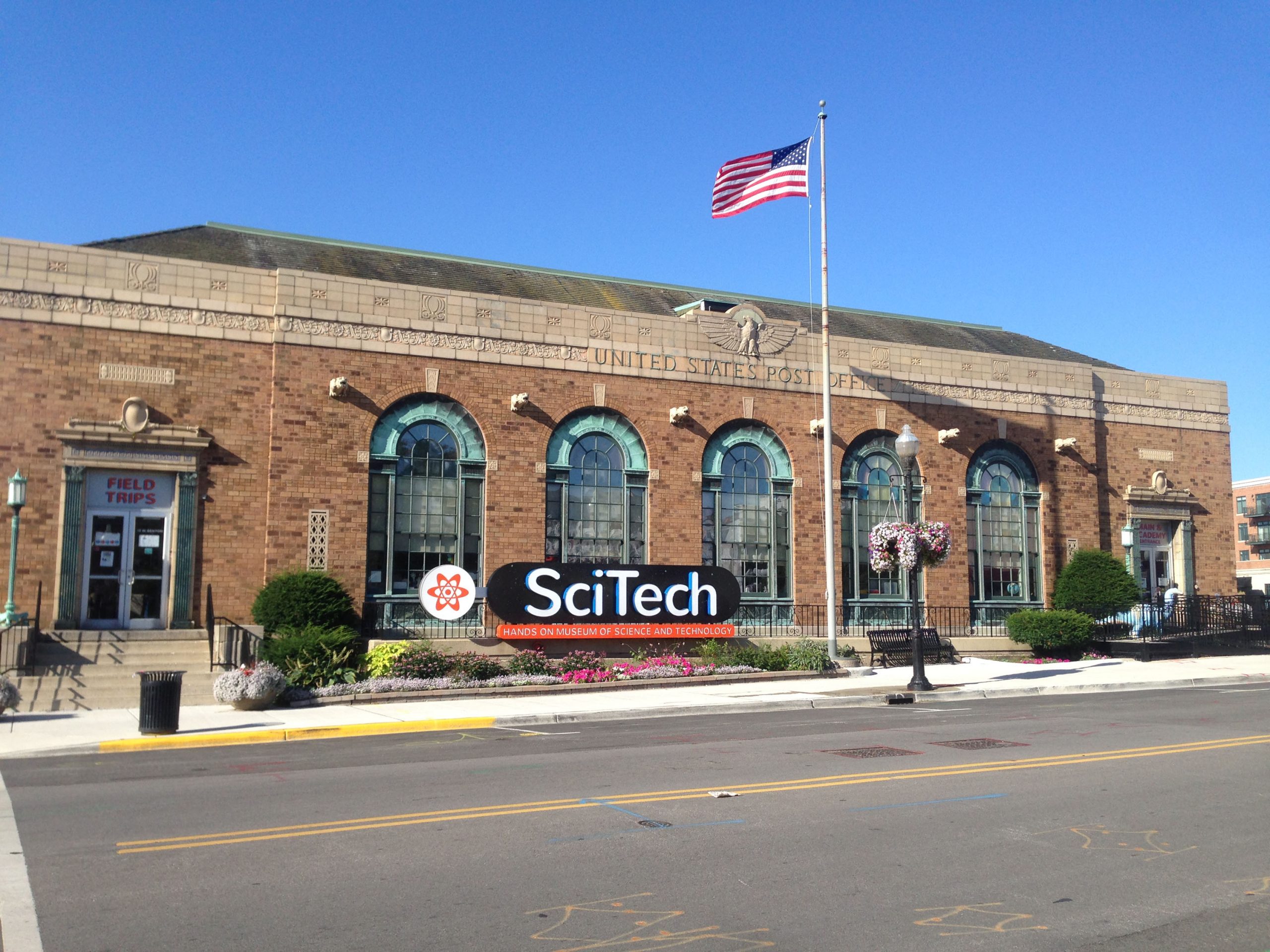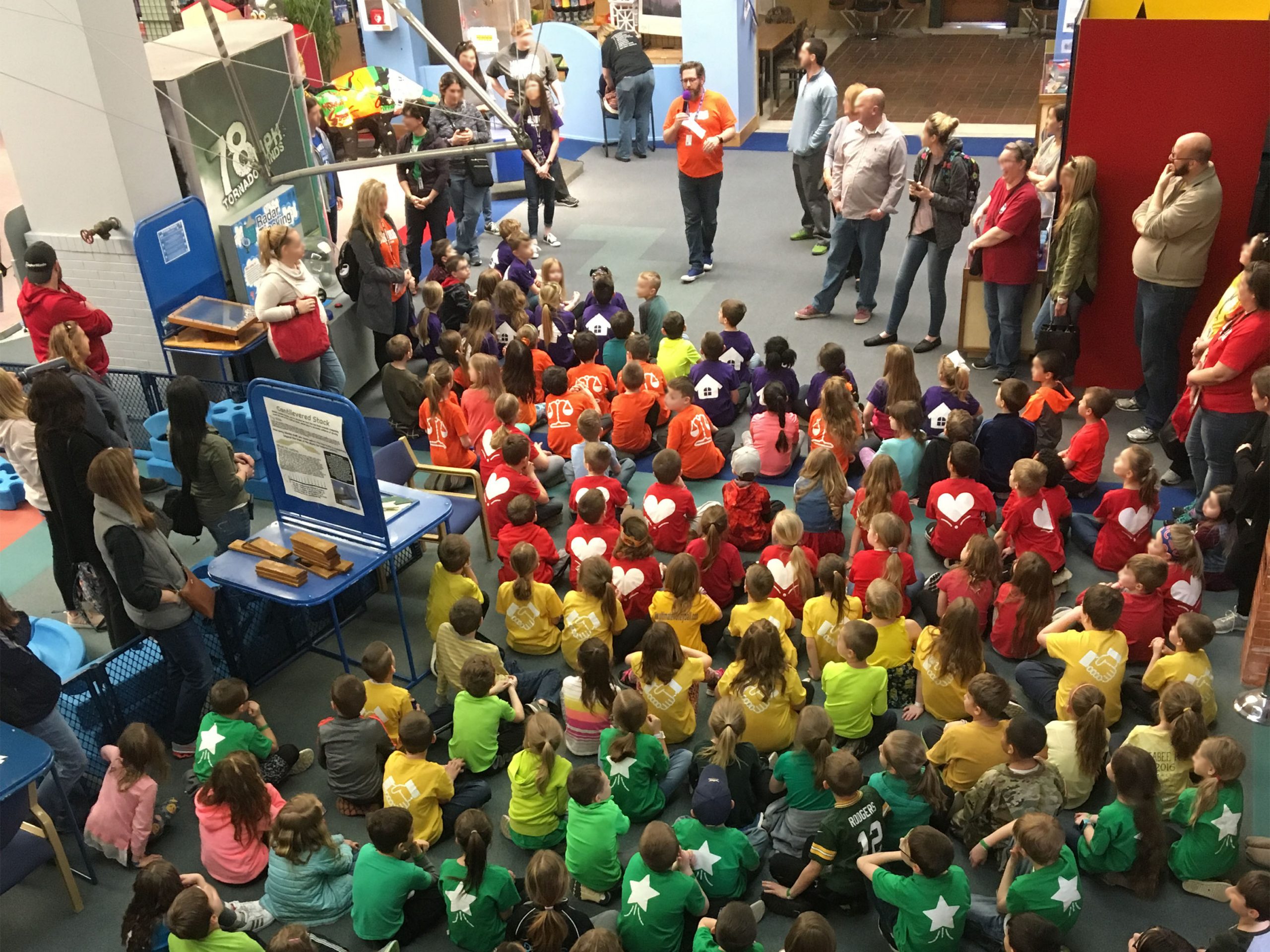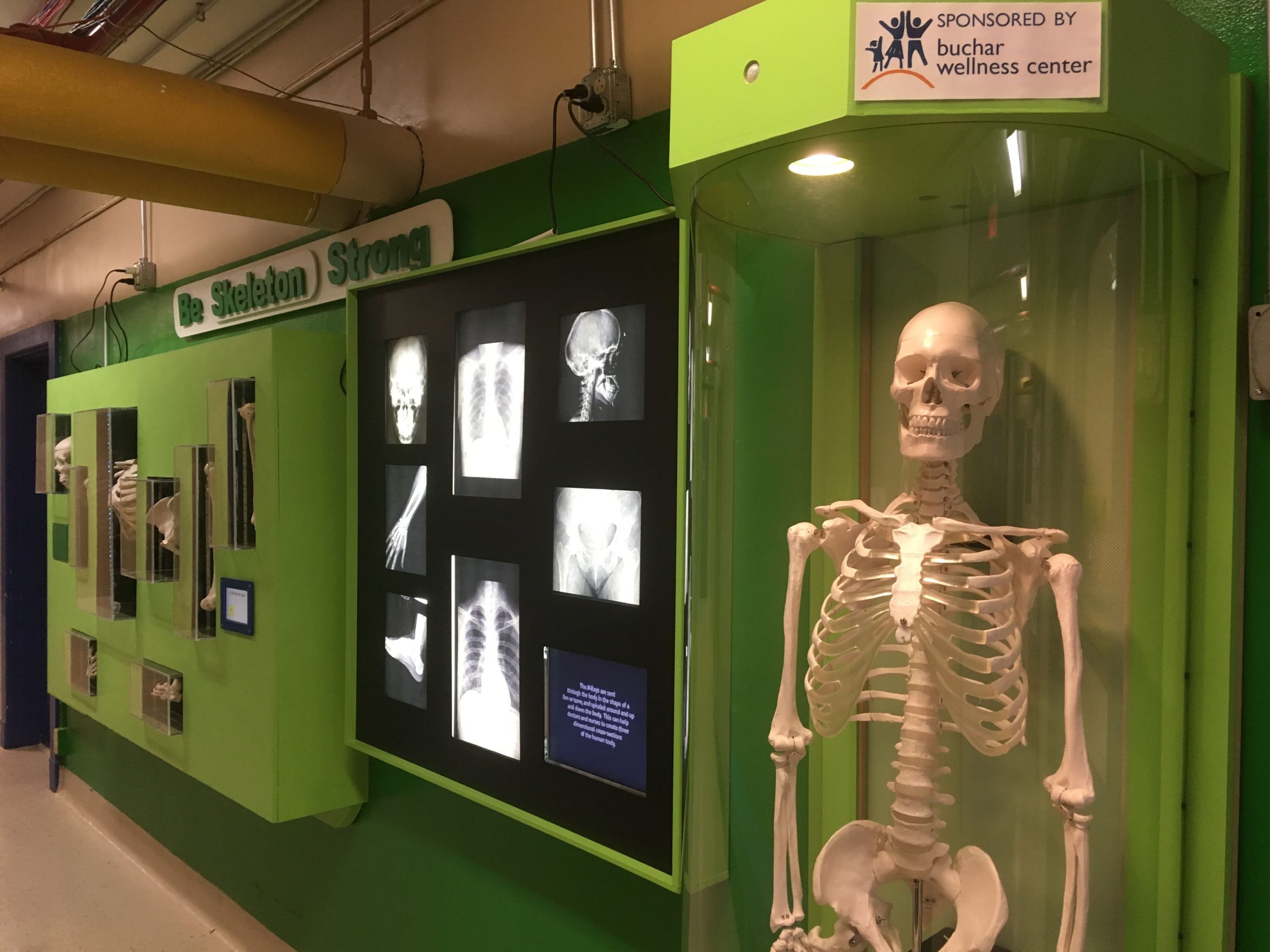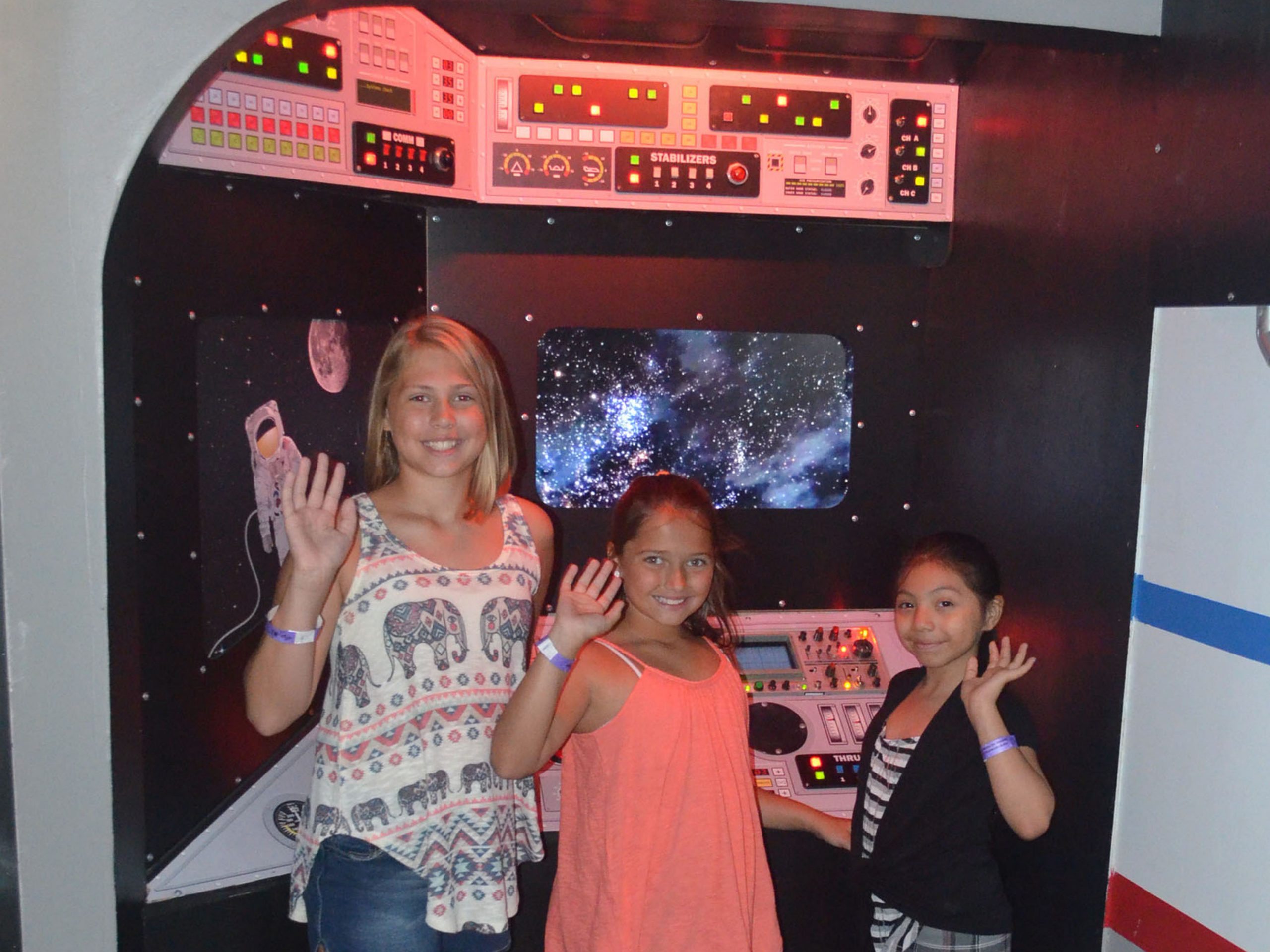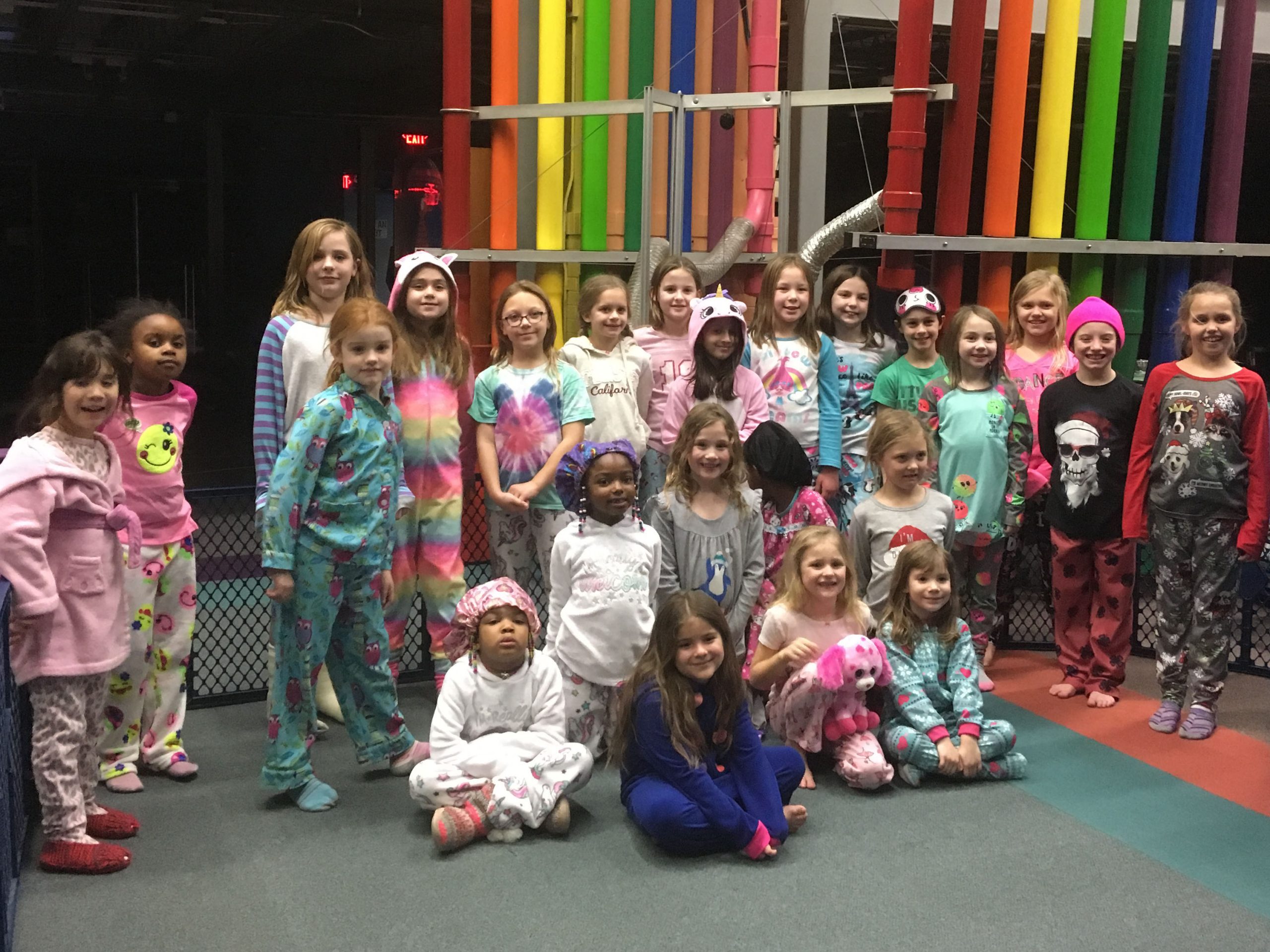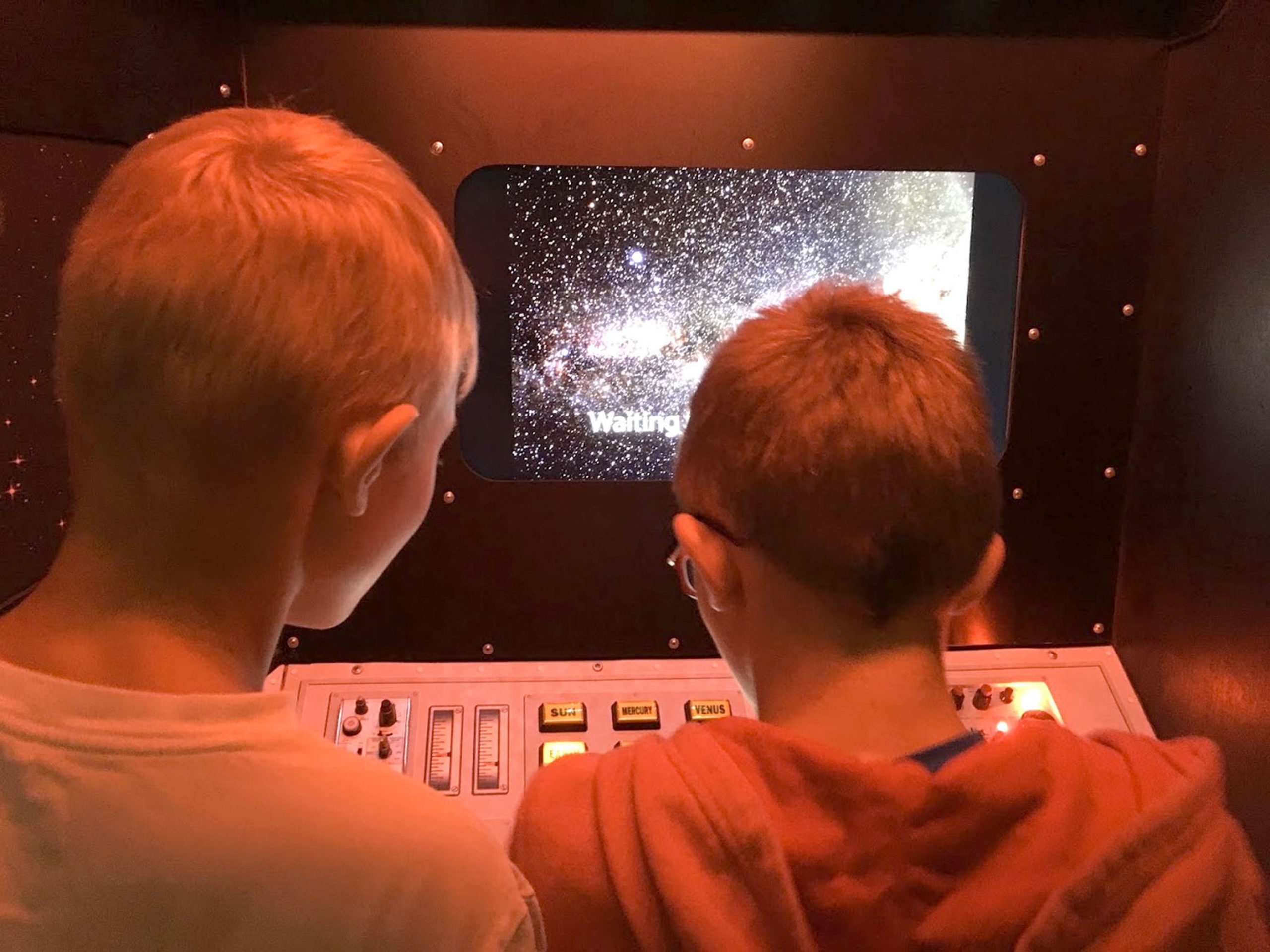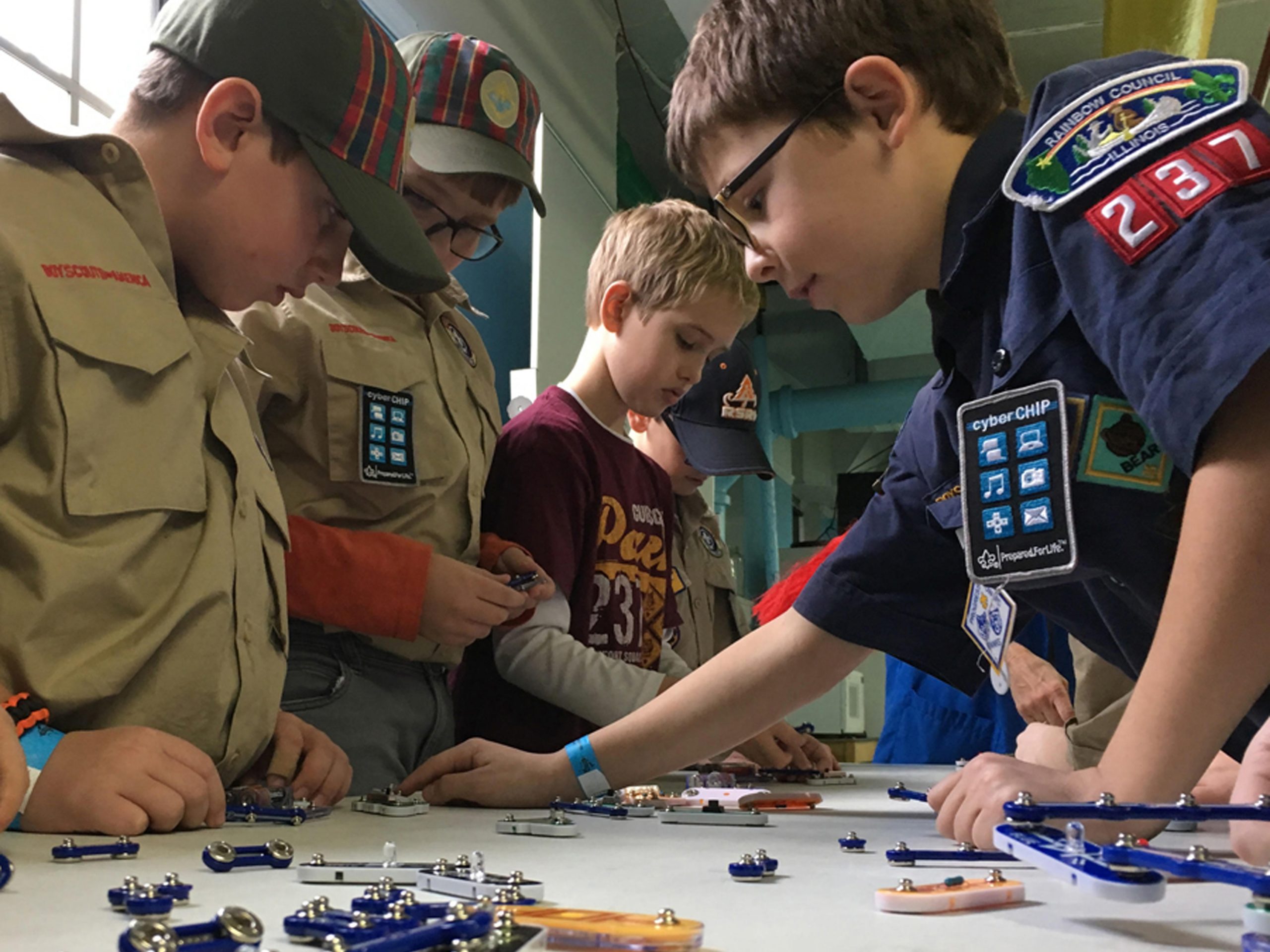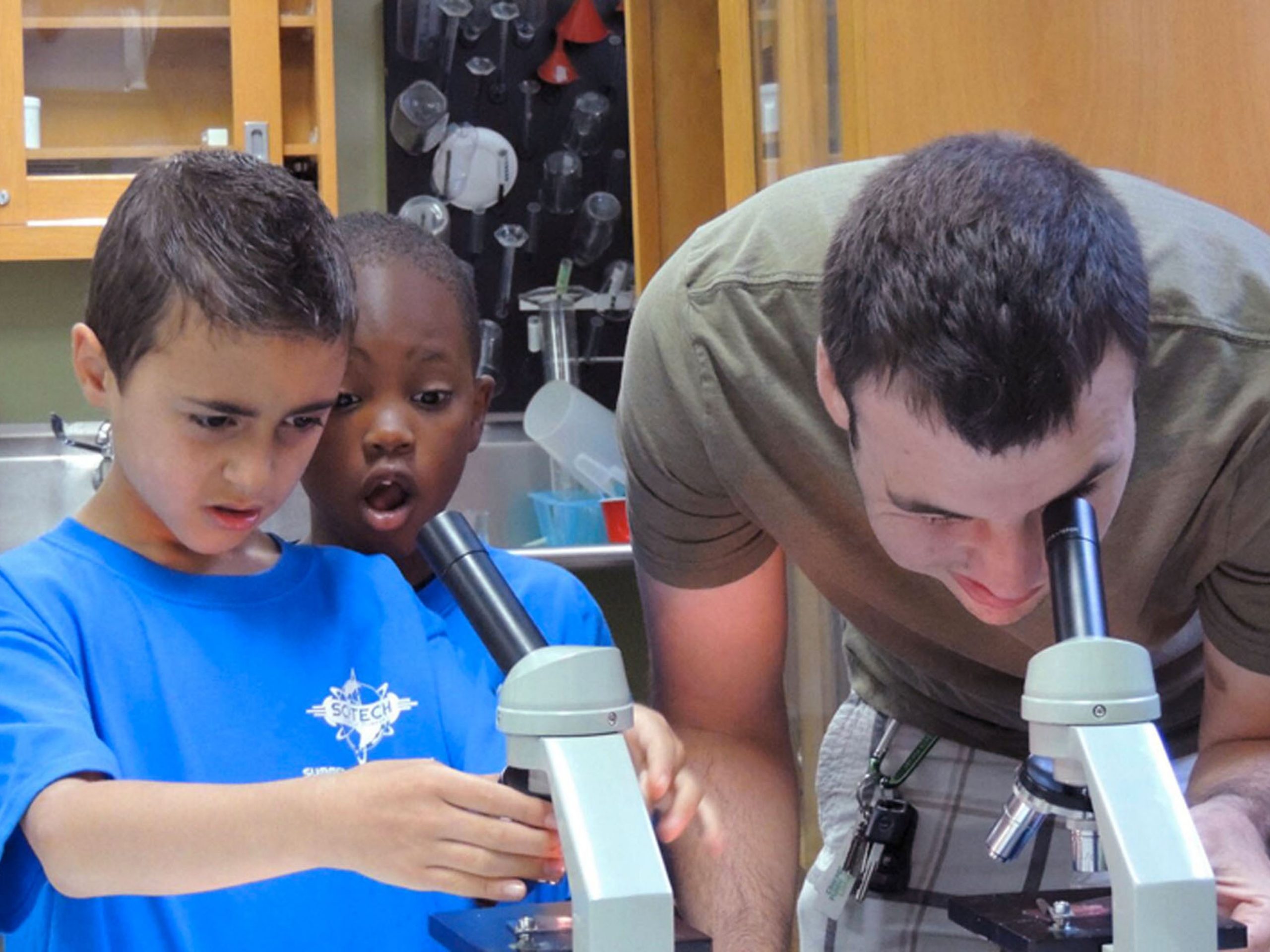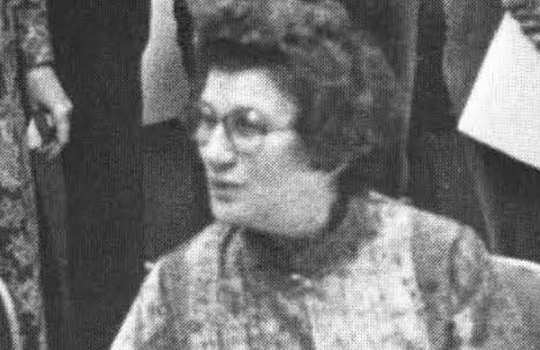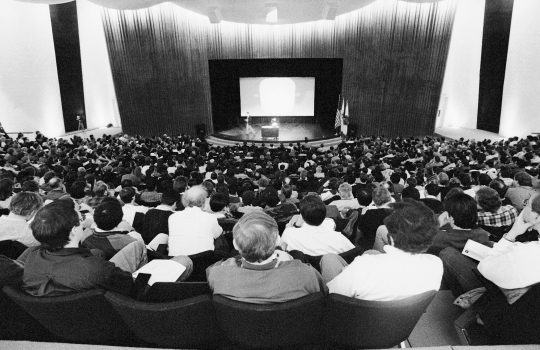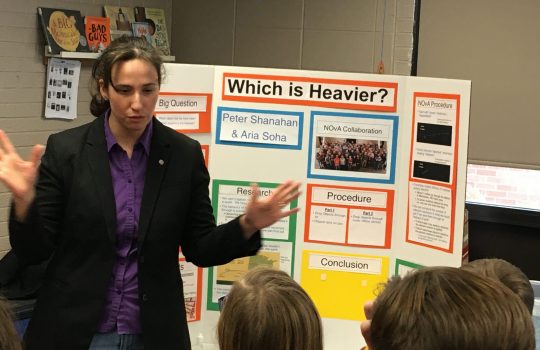As the famous physicist Albert Einstein once said, “Education is not the learning of facts but the training of the mind to think.”
This year, SciTech Hands-On Museum, located in downtown Aurora, Illinois, celebrates 30 years of engaging minds of all ages. In 1988, founding director Ernest Malamud, a Fermilab physicist, envisioned an inspiring space to introduce people of all ages to STEM fields.
“We wanted to create a space that broke down the most basic tenets of science,” Malamud said. “Each exhibit would feature just one of these principles, for instance light and color, so visitors could learn the basics and, in that way, become engaged.”
In 1982, Malamud took a leave of absence from Fermilab to work at the world-famous Exploratorium, a STEM museum in San Francisco, planting the seed in his mind to create a similar space serving Chicago’s western suburbs. Then, in 1987, he wrote a proposal for what would become the first and largest hands-on science museum in the western Chicagoland.
While Malamud worked at Fermilab on Tevatron upgrades and experiments such as DZero in 1990, the city of Aurora granted him a lease for a former U.S. Post Office. Juggling the roles of both scientist and director, he realized he would have to choose. Fermilab’s director at the time, John Peoples, saw great potential in his vision. Even though it was unprecedented for a scientist at Fermilab to be assigned a position at a separate institution — a museum — Malamud was hired by Fermilab as director of SciTech. He served as the museum’s director for eight years and with museum volunteer Olivia Diaz, Fermilab, other research institutions and the community, built the museum from the ground up. After he returned to work as a scientist, Diaz took over the position of museum director.
“Very early on, we realized that the children in and around Aurora, especially in underserved communities, weren’t getting much exposure to STEM fields,” Diaz said. “Since they would become our future scientists and engineers, it was urgent for us to bring science to them, so we created programs that traveled to area schools.”
The museum still engages all facets of the local community by bringing in students and families with classroom visits, private parties, Scout classes, camps and more. By partnering with the community and other nonprofit organizations, SciTech is able to promote its programs by distributing free passes and scholarships.
Malamud and other Fermilab scientists have acted as the museum’s directors and helped as volunteers for many years. To this day, Fermilab is represented by a member on the museum’s Board of Directors.
“Fermilab has been with the museum all along and has been a great driver of its success,” Diaz said, “They helped give SciTech its start, and since then have been a major source of volunteers. Fermilab staff have served on the Board of Directors, created and built exhibits, served as scientist mentors, and participated in the creation of new and unique outreach programs.”
Since its humble beginnings, the museum has become a community staple, and Arlene Hawks, the museum’s current executive director, says that the number of field trips and outreach events are dramatically on the rise. About 75,000 visitors come to SciTech every year from across the western suburbs, and the museum plans to increase its reach. Right now, it’s captivating visitors with an interactive display sponsored by ComEd called “Smart Energy” and an exhibit sponsored by Molex that walks visitors through the science of fiber optics.
Hawks hopes partnerships and funding from Fox Valley businesses and organizations will continue to help the museum develop fresh, interactive STEAM (science, technology, engineering, arts and mathematics) exhibits. The arts are of particular importance to Hawks, who has a Ph.D. in theater and knows creativity and art can be used as vehicles to learn STEM subjects.
“We have a very hard-working staff, albeit it small, that puts so much passion and effort into Ernie’s dream to make science exciting and accessible for all,” Hawks said.
The museum has impressive plans for its future. Hawks hopes to someday build further exhibits for visitors interested in the natural sciences and refresh the museum’s interior with a more deliberate layout. To create a more welcoming atmosphere, the museum will install a water feature in the area leading out to Fox Motion Park, overlooking the Fox River, which runs through downtown Aurora. This new feature will include an interactive display focusing on the Fox River.
Hawks says she’s thrilled that the museum has thrived and grown with the support of community partners and the Board of Directors, keeping Ernie Malamud’s vision of exploring and discovering the sciences alive.
“I’m just delighted to have been sitting in the director’s chair for the last five years, about to celebrate our 30th anniversary,” Hawks said. “We are determined to carry on with the museum’s founding vision of nurturing the curiosity of both children and adults.”

